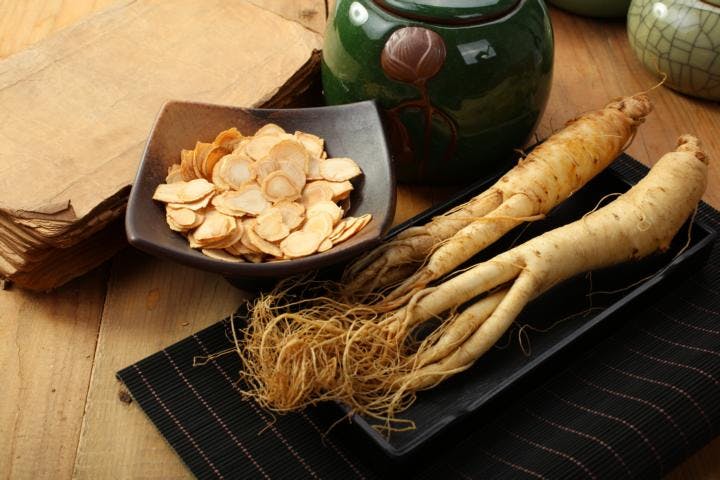Ginseng Root – Where To Find It And How To Incorporate It Into Your Diet
In the wild, it grows in shaded forests near beech trees, maples, hickory, oaks, and tulip poplars. It can be found in Minnesota’s Big Woods, where it spurred a ginseng rush in 1859. Overharvesting ended that boom.
Ginseng root is prized for its health benefits, including boosting the immune system. It may also reduce the side effects of chemotherapy and other cancer treatments.

How to Find It
It would help if you looked for wild ginseng in forests with Beech, Maple, Hickory, Oak, Basswood, and Tulip poplar trees. This combination of shade and moisture creates the perfect ginseng environment.
Harvesting ginseng roots requires a lot of patience, but it’s also one of the most lucrative crops you can grow. The root can be sold for a whopping $2,700 per pound once it’s mature and eight to ten years old.
Once the ginseng is dried, you can add nutrition and energy to your meals. The root’s delicious earthy taste pairs well with many fruits, especially pineapple and mango. It can be sprinkled in smoothies to boost energy and nutritional value. Alternatively, it can be boiled and eaten like soup or stew. It’s also a great addition to chicken noodle soup for immune system support during the cold season. It can even be brewed as a tea.
How to Prepare It
The plant can be infused into tea or made into a tincture. To make a tincture:
- Cut a piece of root into smaller pieces and add them to a bottle with a lid that can be sealed tightly.
- Fill the jar with alcohol, such as gin, vodka, or rum.
- Store the tincture in a cool, dark place for several weeks.
Ginseng root can be harvested by hand or with a digging machine, but it’s important to gather it during the correct season and use proper methods to avoid ruining the plant. Some states require a permit to harvest wild ginseng, and some National Forests prohibit it.
To determine if a ginseng root is ready to harvest, count the number of stem scars on its rhizome, or “root neck.” When a stem wilts and falls off during the growing season, it leaves a spot on the rhizome that can be used to estimate the age of the ginseng root.
How to Take It
Ginseng root can be taken in several ways, including making tea or taking a supplement. Many people find taking it in the morning helpful because it can improve energy levels throughout the day.
In the United States, ginseng grows best in forests that combine deep shade and moist soil. It prefers north-facing slopes but will also grow on east or west faces. It thrives in the shadow of Beech, Maple, Hickory, Oak, and Basswood Trees. It also does well in the shady understory of other trees, such as red or white pine forests.
One indicator that a forest may have ginseng is the presence of “companion plants,” which grow in the same habitat and favor the same conditions as ginseng. Common companion plants include Cutleaf Toothwort, Trillium, Bloodroot, Trout Lily, and Solomon’s Seal. Other signs of an excellent area to search for ginseng are carpet moss and Christmas ferns.
How to Store It
Ginseng roots not used immediately can be stored in a cool, dark place. They can be kept for up to a year but should be checked regularly for mold.
When washing ginseng roots, growers are careful not to overwash them because this could damage the delicate root. Instead, they swish them in a bucket of water and gently rub the roots to remove dirt from the grooves without breaking or tearing them. Some even use modified wringer washers to wash the root.
Drying ginseng roots properly is essential to preserve their value and ensure that they contain enough ginsenosides for health benefits. Never store them in a plastic bag; this will increase moisture and promote mold growth. Instead, use a cardboard box that allows for constant airflow or an herb dehydrator. This will dry the roots at a low temperature and ensure that they remain intact during the process. Many people thread a string through the roots and hang them to dry, but this method is rarely recommended because it can cause the roots to crack.





